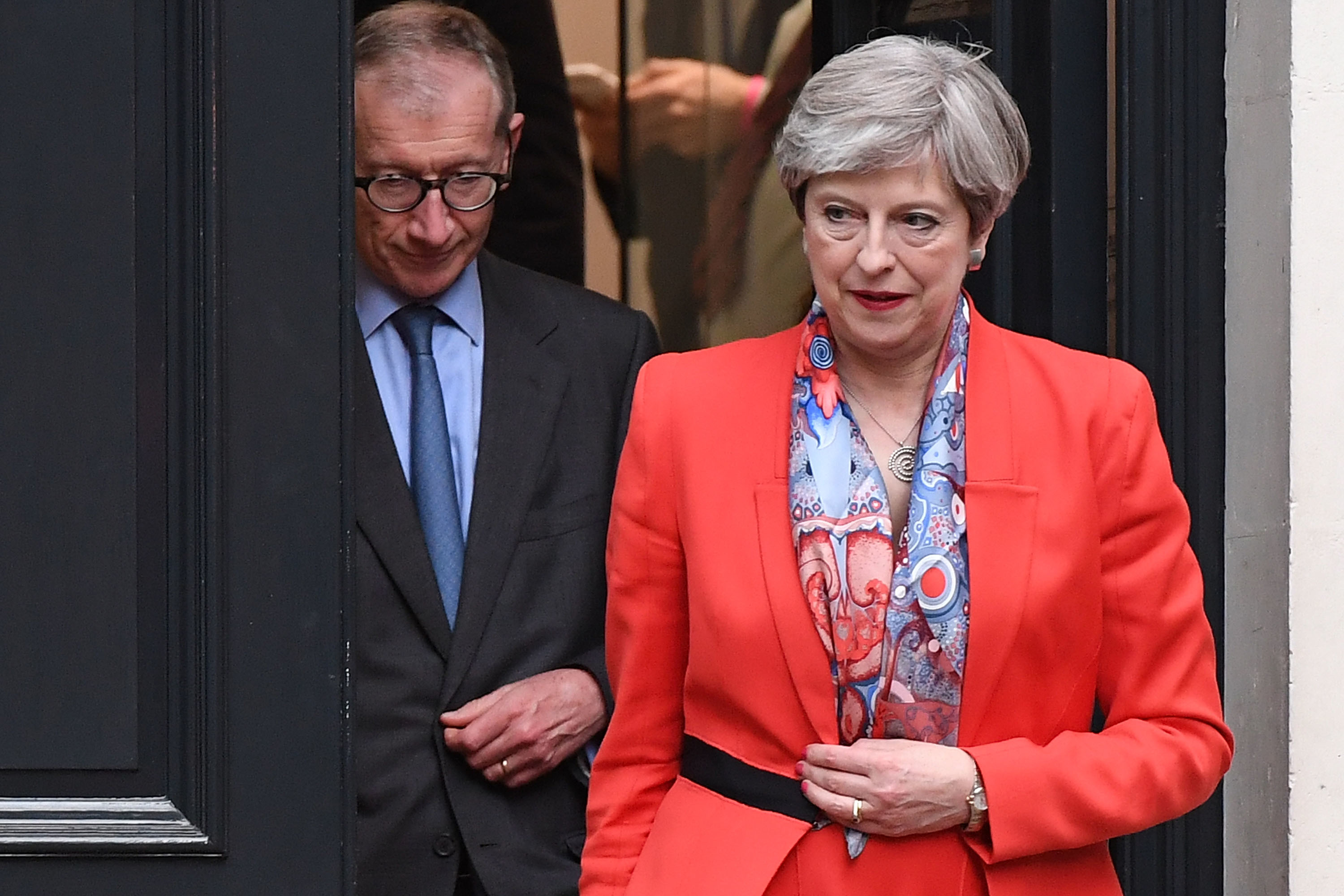
THERESA MAY is to ask the Queen for permission to form a government in the wake of the disastrous snap election which has robbed Conservatives of their overall majority in the House of Commons.
A Downing Street spokesman said that the Prime Minister will visit Buckingham Palace at 12.30pm on Friday to speak to the sovereign.
The move came after it was made clear that Mrs May has no intention of standing down as Conservative leader, despite calls from among her own MPs for her to consider her position.
Labour leader Jeremy Corbyn has urged her to resign and allow him to form a minority administration, declaring: “We are ready to serve this country.”
As the June 8 poll ended in a hung parliament, with no party holding an absolute majority in the House of Commons, Mrs May pledged the Tories would offer “stability” as the largest party with the most votes.
Her best prospects of forming a government seemed to rest on a possible arrangement with the Democratic Unionist Party, whose 10 MPs would be enough to take the Tories – on 318 seats with one constituency left to declare – past the 326 mark to secure an absolute majority.
But Jeremy Corbyn said it was clear Labour had won the election and indicated he was ready to put forward a programme for government in an alternative Queen’s Speech.
“We are ready to do everything we can to put our programme into operation, there isn’t a parliamentary majority for anybody at the present time, the party that has lost in this election is the Conservative Party, the arguments the Conservative Party put forward in this election have lost.
“I think we need a change.”
With 646 out of 650 constituencies declared, the Tories had 315 seats, Labour 261, the SNP 35 and the Liberal Democrats 12.
The Democratic Unionist Party, which increased its representation at Westminster from eight to 10, signalled it was ready to discuss working with the Tories on issues such as Brexit and keeping the UK together.
With the party in a position to hold the balance of power at Westminster, senior MP Sir Jeffrey Donaldson said the DUP would be “serious players” in the hung parliament, telling the BBC: “This is perfect territory for the DUP because obviously if the Conservatives are just short of an overall majority it puts us in a very strong negotiating position and certainly that is one we would take up with relish.”
Three gains by Sinn Fein, which does not take up seats in Westminster, made it slightly easier for a combination of parties to achieve a working majority.

Enjoy the convenience of having The Sunday Post delivered as a digital ePaper straight to your smartphone, tablet or computer.
Subscribe for only £5.49 a month and enjoy all the benefits of the printed paper as a digital replica.
Subscribe